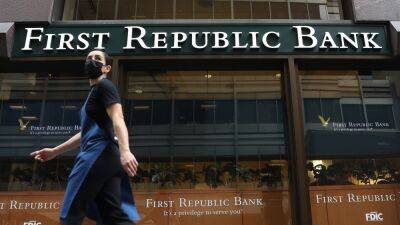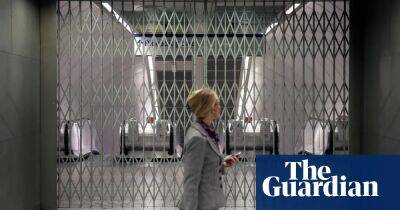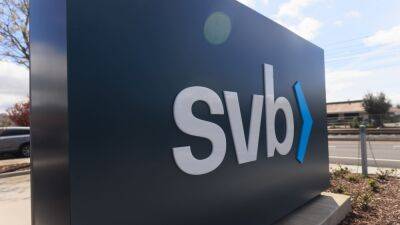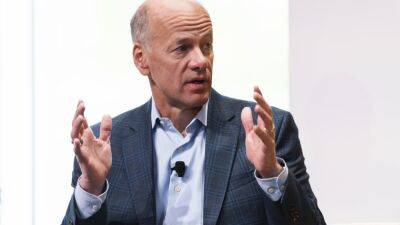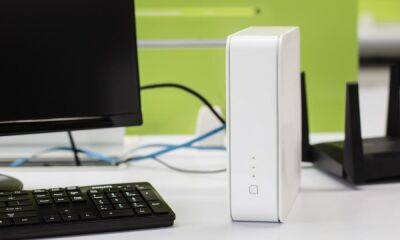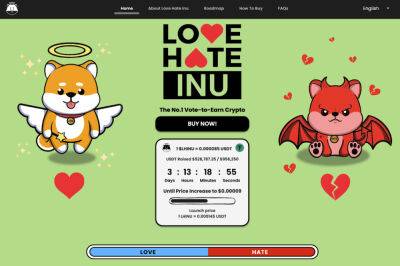What have the past three years taught us about hybrid working?
Almost three years have passed since the first “work from home” mandate was introduced – and many people’s working lives have never been the same since. Some employees have never returned to a physical office, while others are adjusting to hybrid working. So what lessons can recent research teach us about how to make flexible arrangements work better?
Many companies are still fixated on the number of days that employees should be in the office, with blanket policies for all staff. More appropriate would be to examine the type of tasks employees do and work from there, said Prof Jonathan Trevor at the University of Oxford’s Saïd Business School.
Based on interviews with managers from 20 global companies, Trevor and his colleague Prof Matthias Holweg have developed aframework to help businesses navigate these tensions. They found that workplace tasks tend to fall into four general categories: focused creative tasks, such as designing a brochure; individual procedural tasks, such as data entry; coordinated group tasks, such as routine project work; and collaborative creative tasks, such as product development.
Focused creative tasks are the easiest to transition to virtual work, because they require little teamwork and are easily supported by technology, while collaborative creative tasks are the hardest because they require access to the collective “hive mind”. “If you are in that mode of work, then maybe it is appropriate you should have more time in the office, whereas if you’re doing individual focused work, the balance may be more weighted towards virtual working,” Trevor said.
Weaker workplace ties could result in lower levels of staff loyalty and engagement. If staff rarely see senior leaders or socialise with
Read more on theguardian.com

 theguardian.com
theguardian.com


